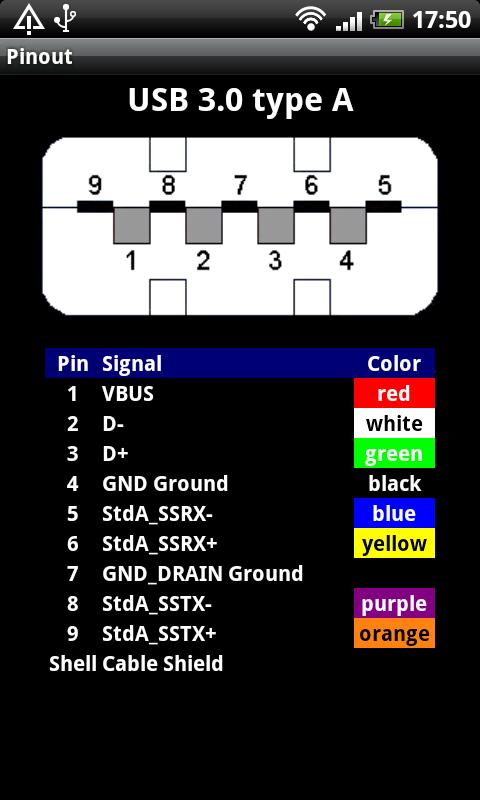

Vga connector full#
However some devices will simply refuse to work without a full 15 pin VGA calbe, and I understand this is the case for a lot of Plasma Screen TV's. But with the VESA DDC specification, pin 9 was used as a + 5V DC output to communicate display information (such as resolutions/display name) to the host.īut still not all devices/cables are made the same and so you can find "15 pin" VESA DDC VGA calbes that are actually only 14 pin (like one of yours) that probably came with a device (likely a monitor) that didn't support/need that pin 9 channel/function. In the original IBM implementation pin 9 was 'keyed', meaning female connector hole was plugged/filled in.
Vga connector Pc#
This color was then formalized as part of the PC System Design Guide PC-99 Color-coding scheme.

The VGA Adapter does have memory and will be responsible for constantly. This blue color was to distinguish DDC capable connections from incompatible earlier ones, and was typically present on the outer mold of VGA cable connectors and on the inner insulating mold of surface mounted connectors. Instead, the pixels must be continuously sent to the display to achieve a stable image. This basically dates to the introduction of the VESA Display Data Channel (DDC) standard, which essentially enabled a monitors supported display modes and other paramaters to be communicated to and adjusted from the host machine. Harassment is any behavior intended to disturb or upset a person or group of people. The only VGA connector color that has ever intended to indicate anything is blue. When you tested the screen on other laptops, did you use the same USB to VGA adapter I recommend that you try a test by connecting a VGA or DVI cable without using any adapters I await news, even more Report abuse Report abuse. These were typically no more than aesthetic choices depending on the corresponding equipment, and was never indicative of any particular differences between them (specification, performance, quality, etc.). The outer connector mold and/or inner insulating mold (around the pins) of VGA cables has (and can still) varied from black, grey, cream, beige, and white (and probably some others) with the outer/inner colors not necessarily matching either.


 0 kommentar(er)
0 kommentar(er)
